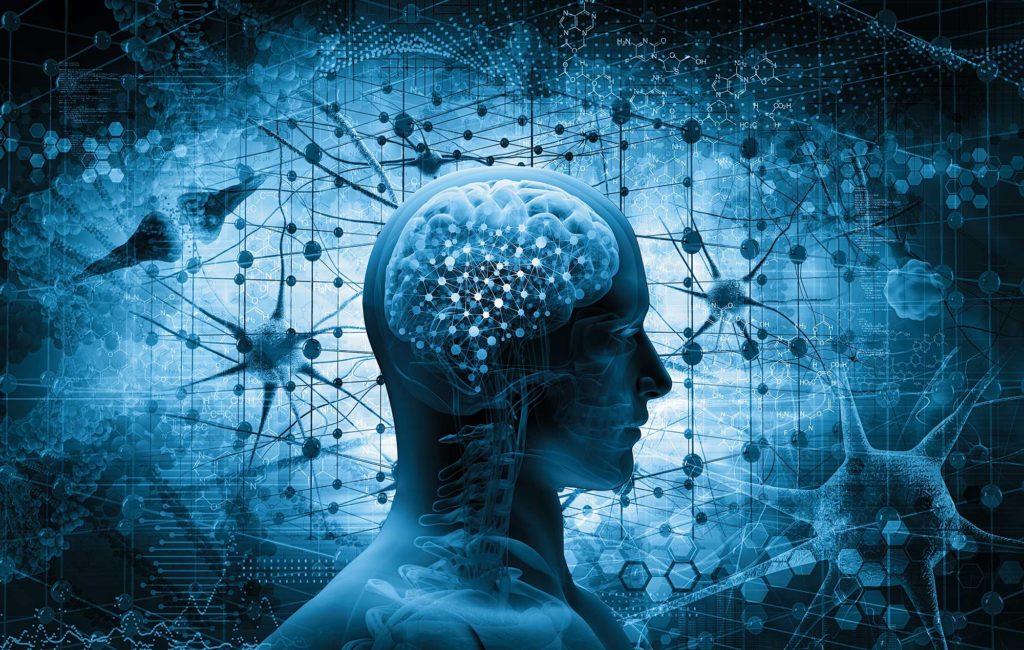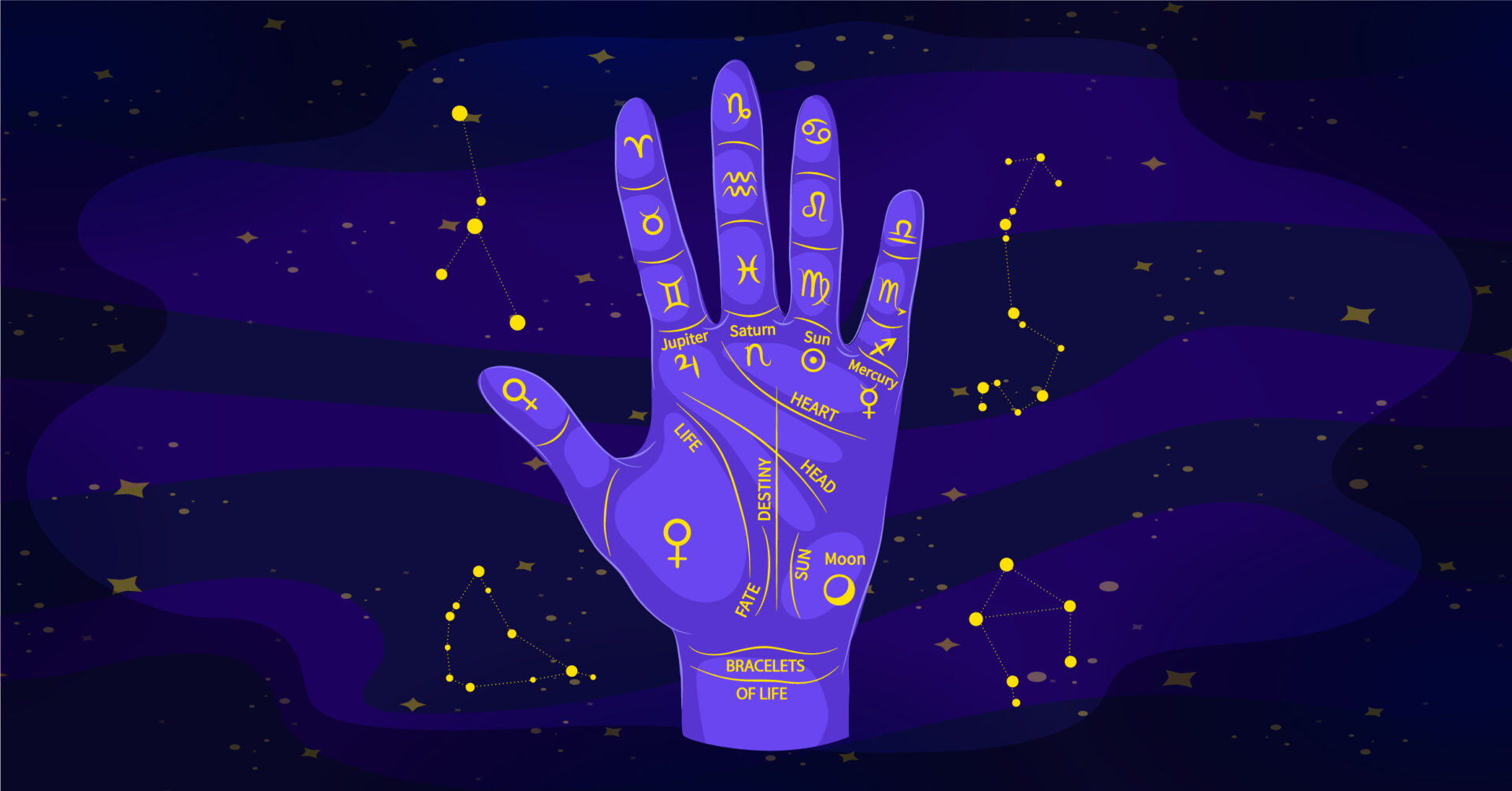Mind is a very complicated word to understand. The perception of the mind is different for every person. Scientists are still searching for the location of the mind in the human body. It is challenging to think about or conduct research for the study of the human mind. Few individuals say that they feel their mind is in their brain, whereas few feel their mind is in their heart. However, there is no sufficient evidence to prove the location of the mind.
Many psychologists have researched to prove the existence of the mind in the human body. Sigmund Freud was one of the famous psychologists who dedicated his entire life to the study of the human mind. He has given a theory of mind that talks about the different levels of the mind. In this theory, he has created characters for the three levels of mind defined by him.
Sigmund Freud believed that a healthy personality indicates good interaction between the id, ego, and superego. These three parts of the mind need to be significantly stabilised to make rational decisions.
What are Id, ego, and superego?
Freud divided the mind into these three parts. Each of these parts works on a specific principle. The mind functions according to the relationship between these three characters.
1. Id– According to Sigmund Freud, the id has been present in humans since birth. It works on pleasure principles and primitive principles. It is the source of all psychic energy. Id is in an unconscious state. Here, the pleasure principle means the instant gratification of an individual’s pleasure, needs, and wants. We can commonly see id playing a role in an infant’s case. An infant’s need to satisfy their primary needs of thirst and hunger is an example of id.
In the case of adults, people who consistently strive for instant recognition of their work, constant praise for their efforts or immediate success in careers, etc., are examples of id. Freud concluded that the id tries to resolve the instant need by creating a mental image of the desired object.
2. Ego- Ego comes from id. The ego tries to modify the behaviour aroused by the id in a socially acceptable manner. To satisfy the primary needs, the mind can function in a way that can be impulsive. The ego takes responsible action to deal with reality. Freud said that the ego works on the reality principle.
The ego functions in conscious and unconscious ways. It analyses incoming information. When making a rational decision, the ego tries to take out the pros and cons of an action. It takes care of the consequences coming after the action. To satisfy the mental image created by id, the ego tries to find an object similar to the image in the real world.
3. Superego– Freud theorised that the superego emerges at the age of five. Superego consists of moral standards and ideals of the human mind. The primary role of the superego is to make judgments and make appropriate decisions. Freud’s theory states that a child imitates the superego from the parents. Individuals tend to follow the moral structure of their parents. Superego has two parts:
- Conscience- In this part, all the socially unacceptable behaviours are included. An individual stores the forbidden actions in the conscience.
- Ego ideal- These are the parameters and rules for the behaviours that the ego wants to execute.
Superego tries to perfect and bring in the civil sense to our behaviour. Superego is present in conscious, preconscious, and unconscious states of mind.
Interaction between Id, ego, and superego
The most important aspect to remember about the id, ego, and superego is that they are not separate entities. Freud theorised that these three factors of the mind work together to influence the human’s thinking process and behaviour. It is considered that id, ego, and superego must have a clear balance in their interaction. These three factors also help develop a healthy personality of an individual.
An imbalance between these two personality characteristics is considered a red flag for an individual’s mental health. Some psychologists have suggested that if any of these characteristics is dominant, there is a high possibility that an individual’s decision-making or judgemental skills will also be influenced.
For example, consider that an individual’s id is very dominant among the other two. In this case, this individual can become highly uncontrollable, impatient or self-centred

Connect with the multiple levels of your mind.
Under the guidance of a hypnotherapist.
What is Sigmund Freud’s ‘Three Levels of Mind’ Theory?
The famous psychoanalyst Sigmund Freud said that the behaviour and personality of an individual derive from constant conflict with three levels of mental functioning in the back, namely, conscious, subconscious, and unconscious. He firmly believed that these three levels of mind play an important role in shaping human behaviour.
Freud gave an example of an iceberg to the structure of the mind while explaining the levels of the mind. He said that the conscious mind is just the tip of the iceberg. There is a deep surface of this iceberg to which he referred as the preconscious and unconscious mind. These three levels of mind are as follows:
- The subconscious mind– Consider the subconscious mind as an immediate bank of the mind. From this bank, you can instantly derive anything from the conscious mind. It can also be imagined as a short-term information processing source. It is immediately accessible.
- The conscious mind– This part of the mind includes our memories, wishes, and feelings. Individuals are perfectly aware of this part of the mind. They can recall their thoughts anytime from this part of the mind. With this part of the mind, we can talk and be rational. Freud believed that thoughts and feelings can be easily derived from this part.
- The unconscious mind– Thoughts and feelings in this part of the mind are not easily accessible. The individual is not aware of this part. There is a high possibility that an individual stores unacceptable and unpleasant memories and feelings in this part of the mind.
Freud believed that this is where an individual suppresses his/her innermost feelings. Most of the negative emotions such as pain, anxiety, and conflict are stored in this part of the brain.
The Freudian slip
Freud has given a very famous and easy way to understand how these three levels of mental function within each other. He said that when an individual suddenly blurts out a thought or statement out of nowhere or instantly about any person or situation, it is often from his unconscious mind.
Freud believed that to derive these thoughts one must be taken under high confidence and probe a little. He also suggested using psychoanalytic methods to derive thoughts from the unconscious and subconscious mind.
The id and unconscious mind
As we have established the id works on the pleasure and instant gratification principle. Id is present in the unconscious level of our mind and responds to impulsive basic needs, wishes, and desires.
Id operated in an unconscious mind. Hence, it is not affected by the reality or logic of the real world. For example, consider a child wanting to have his castle in a metro city. This wish remains in his/her unconscious mind. Later as it comes in contact with reality, this wish becomes a fantasy.
Ego and conscious mind
The ego is only a part of the conscious mind. As mentioned above as well, the ego functions on the reality principle. The reality principle meaning here is that whatever the id and superego desire, the ego helps to shape the behaviour more appropriately. The ego decides societal morals and rules while executing any behaviour.
Superego and the unconscious mind
Superego is considered to be the one that holds the high values and morals of life. This part also tells you about what is right and what should be done ideally. Individuals are not always aware of these moral values. Individuals keep their statement in this unconscious part of the mind. At the time of decision making, the superego takes the help of these don’t statements and influences the behaviour.
Read More
Cognitive Dissonance and Understanding What Is Confirmation Bias







